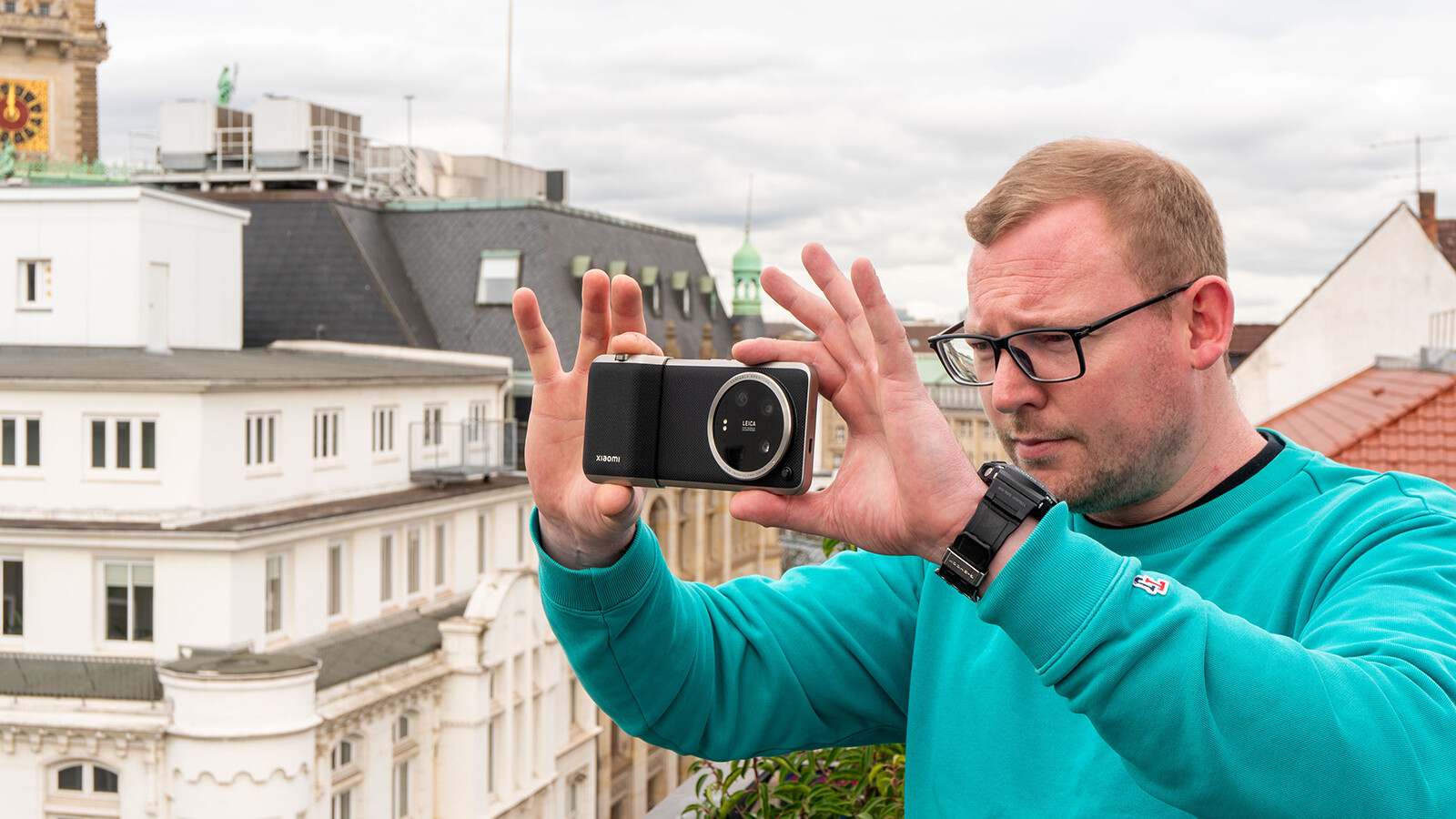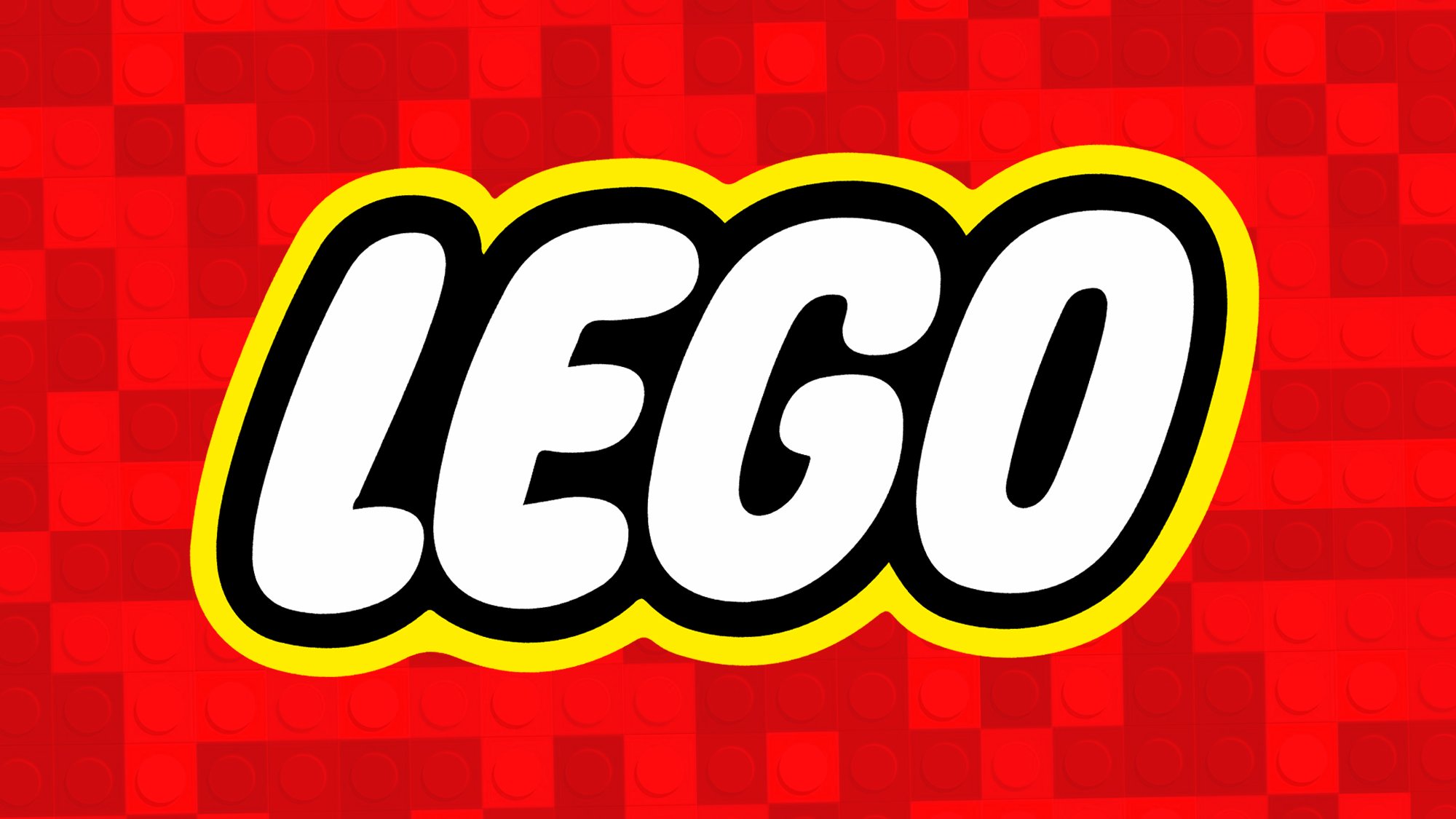
This is what a NASA animation from the Artemis III mission looks like. Will we humans set foot on the moon again soon? And: Do our astronauts have to prepare themselves for earthquakes? (Symbolic image; source: SpaceX, NASA)
Our moon is shrinking – this is what researchers have found in a new study. But this is not the evil plan of the supervillain Gru (film: Despicable Me), who wants to steal the moon using a shrink ray.
A possible explanation: Due to the natural cooling of its core, the moon continues to contract. This can cause faults and resulting moonquakes, which pose problems for future astronauts on the moon.
The risk of earthquakes also affects the south pole of the moon, which is so interesting to us humans, where manned lunar missions are scheduled to land in the future, such as the Artemis III mission in 2026. More on that in a moment.
Moonquakes and regolith slide? A quick overview
Yes, you read that right. Moonquakes do exist, although it may seem a bit abstract to us on Earth. This paragraph explains possible reasons for the earthquakes.
If you want to skip this, read the next section about the dangers for astronauts who want to take a big step for humanity on the moon in the future.
A simplified image: In an article by CNN the authors describe the phenomenon with an apt comparison. The moon is like a grape that dries and eventually turns into a wrinkled raisin.
You have to imagine the cooling of the moon core in a similar way. As a result, the porous surface of the moon continues to contract, creating faults like those on Earth.
Worth seeing – Here you can take a closer look at the entire lunar surface from NASA’s perspective:
Link to Twitter content
In numbers: Over the last million years, the circumference of the moon has shrunk by 45.72 meters. From our point of view it doesn’t sound like much – but from a geological point of view it definitely has a meaning. To put it simply, this process creates overlaps and distortions.
Possible consequences:
- Moonquakes of various strengths
- collapsing crater rims
- Earth or regolith slide
Worth knowing: Regolith has low cohesion and is therefore very vulnerable to earthquakes.
The Moon is thought to be a geologically dead object where nothing has happened for billions of years, but that couldn’t be further from the truth. These faults are very young and something is happening. We actually discovered landslides that occurred while the Lunar Reconnaissance Orbiter, a NASA lunar probe, was in orbit around the Moon.
That’s what Thomas R. Watters, a scientist emeritus at the National Air and Space Museum Center for Earth and Planetary Studies, says Lead author of a studywho investigated this phenomenon.
He is referring to NASA’s Lunar Reconnaissance Orbiter (LRO) from 2009. This mapped the moon and allowed the researchers to draw conclusions about current faults in their study.
That’s how great the danger is for future astronauts
NASA’s Artemis III mission is expected to land people on the moon again in 2026. So do the astronauts have to worry about their earthquake safety?
The strongest moonquake measured (so far) had a magnitude equivalent to 5.0 on the Richter scale on Earth. According to the researchers, the lack of gravity makes the strength significantly worse.
On Earth you have a much stronger gravity that keeps you on the surface. Gravity is much lower on the moon, so even a small acceleration on the ground can knock you off your feet if you’re walking. This type of shock can really mess things up in a low-gravity environment.
Thomas R. Watters
Although an imaginary image of Artemis astronauts stumbling across the moon may bring with it a certain sense of situational comedy, it should be viewed with concern in view of future landings and possible solid structures such as habitats.
Worth seeing about astronauts on the moon: A few days ago, NASA released a new trailer about its new Artemis moon mission. Here you can see what awaits us in the next chapter of the manned moon landings in the one-minute clip:
Link to YouTube content
This is not intended to worry anyone, and certainly not to discourage exploration of this part of the Moon’s south pole, but it is intended to caution that the Moon is not a harmless place where nothing happens.
That’s what the scientist Watters thinks, but according to CNN there are disagreements among researchers as to whether there are other reasons for these quakes.
That’s a problem: A possible prediction of moonquakes is impossible without more precise knowledge of the cause.
Scientists disagree and a worry line remains
Yosio Nakamura, professor emeritus of geophysics at the University of Texas at Austin (not an author of the study), disagrees with the causes behind the earthquakes, according to CNN:
We still don’t know what causes the shallow moonquakes, but it’s not the slip fault near the surface. Regardless of what causes these quakes, it is true that they pose a potential threat to future land missions, and we need more data about them.
He analyzed seismic data from previous Apollo stations that recorded earthquakes with the corresponding measuring instruments. What is undisputed, however, is that seismic activity occurs again and again.
Most researchers agree on one point: These quakes are not a danger for short lunar missions. However, we still lack the necessary data for longer-term projects. Allen Husker, a research professor of geophysics at the California Institute of Technology, also sees it this way, according to CNN:
It is very unlikely that a large moonquake will occur while they are there. However, it is good to know that these seismic sources (the ones that cause earthquakes) exist. They can be an opportunity to better study the moon, like we do earthquakes on Earth. Until there is a real moon base, we should have a much better idea of the actual seismic hazard in future missions.
What do you think about the moon and its quakes? Should research be carried out to make lunar bases earthquake-proof in the future or is a permanent project on the moon generally rather pointless in your opinion? Did you know that our moon is shrinking and its core is cooling? How could lunar bases be made earthquake-proof (author Kevin is thinking of inflatable structures that might absorb the shocks)? Feel free to write it in the comments and exchange ideas with each other.








